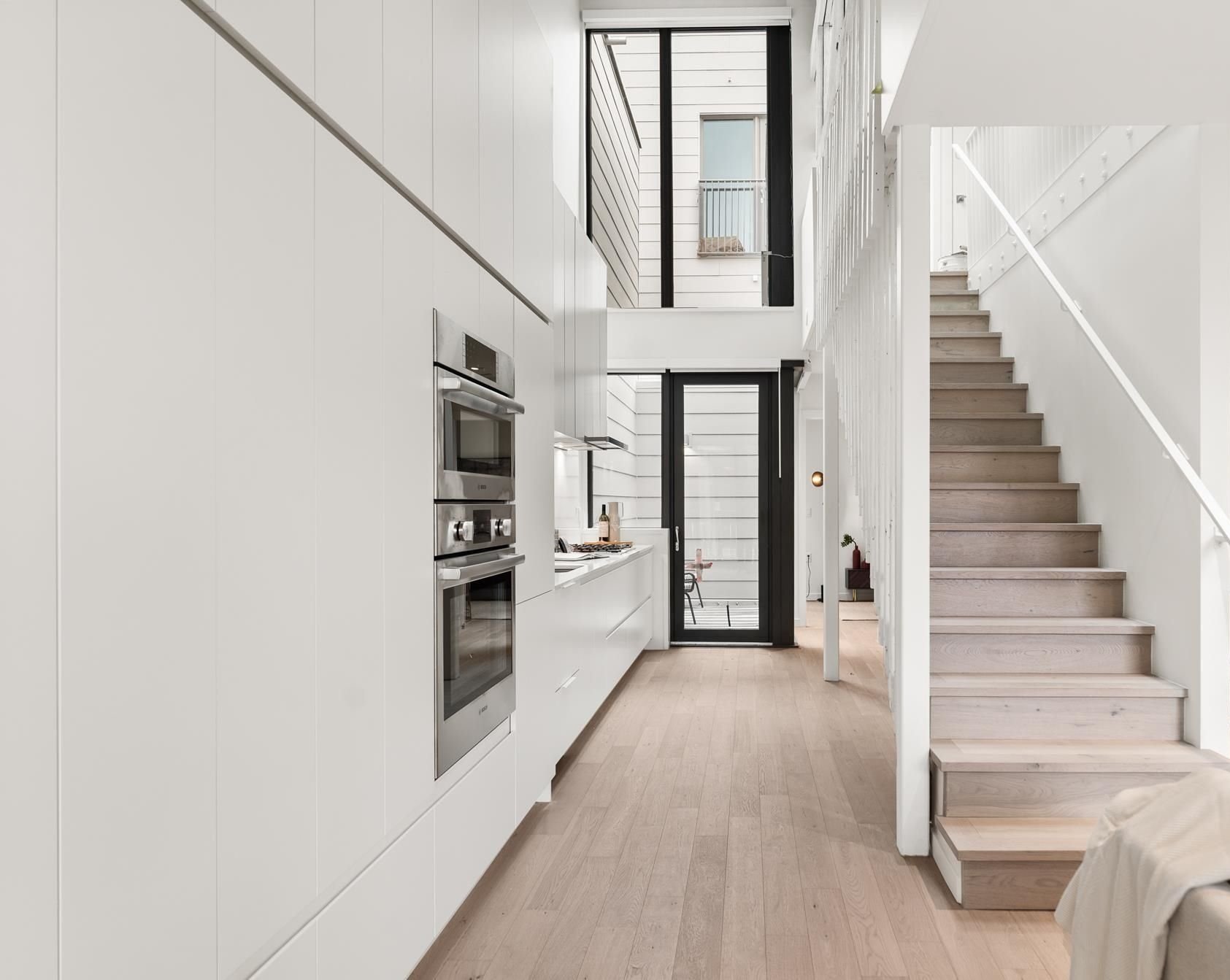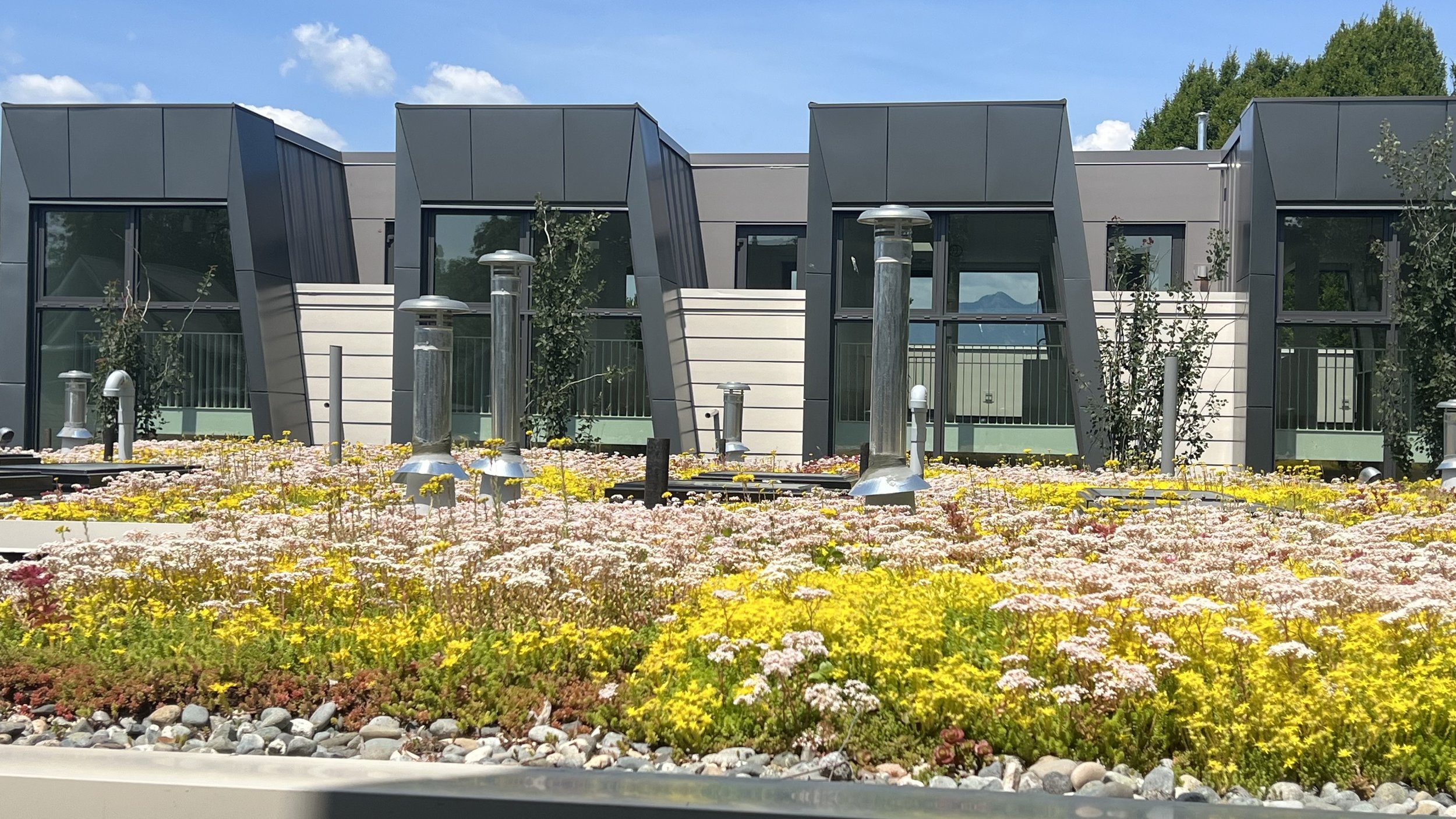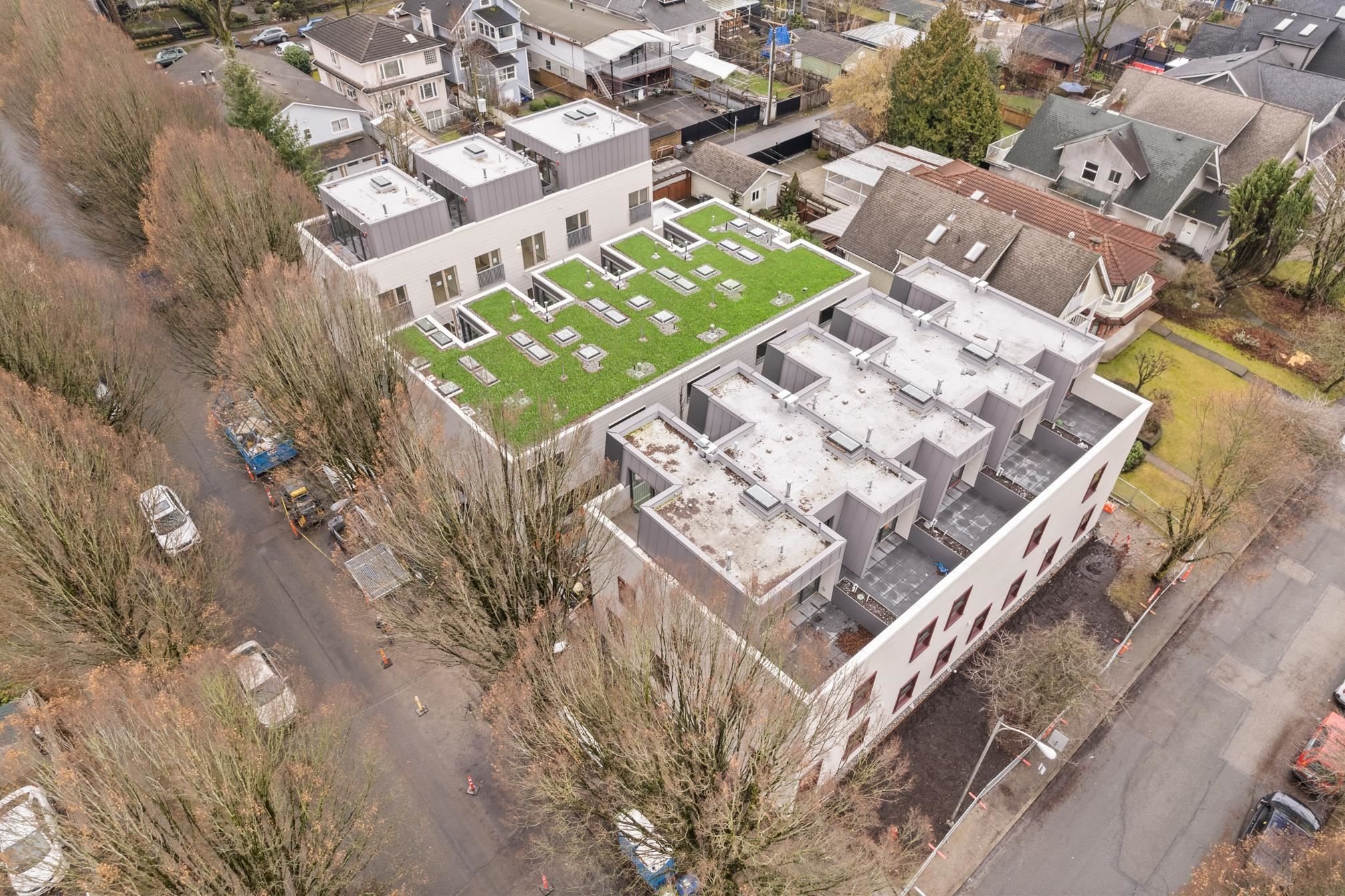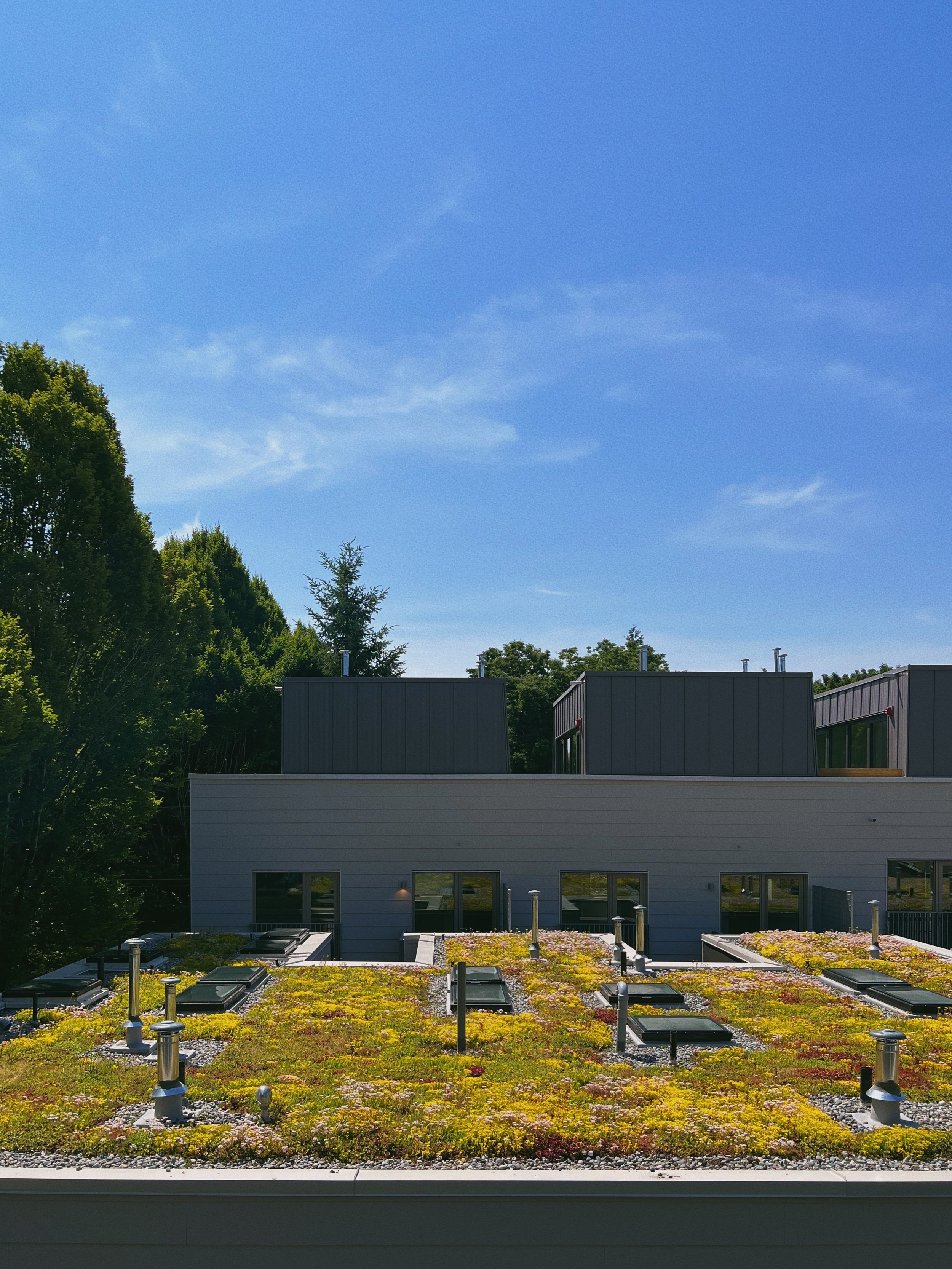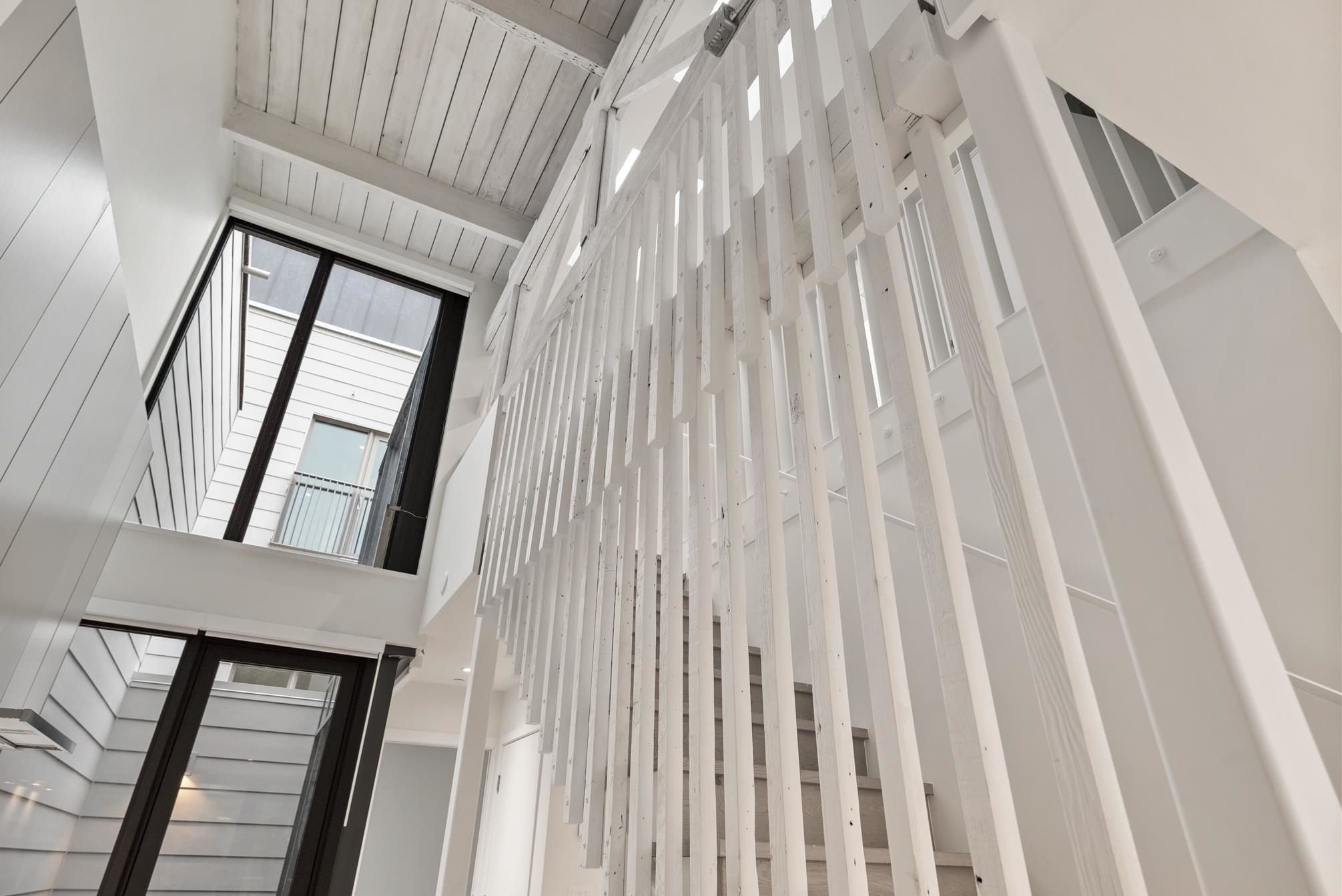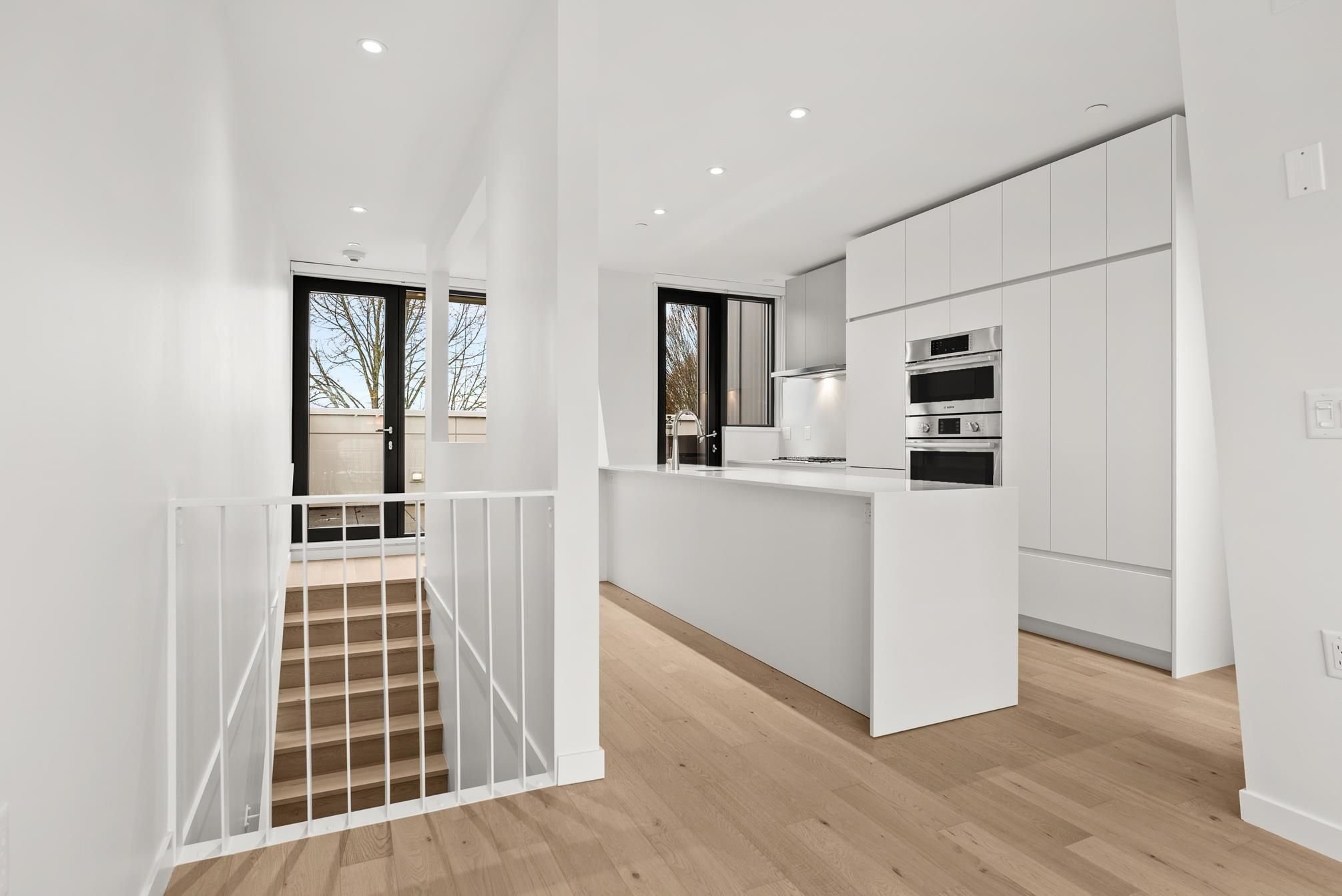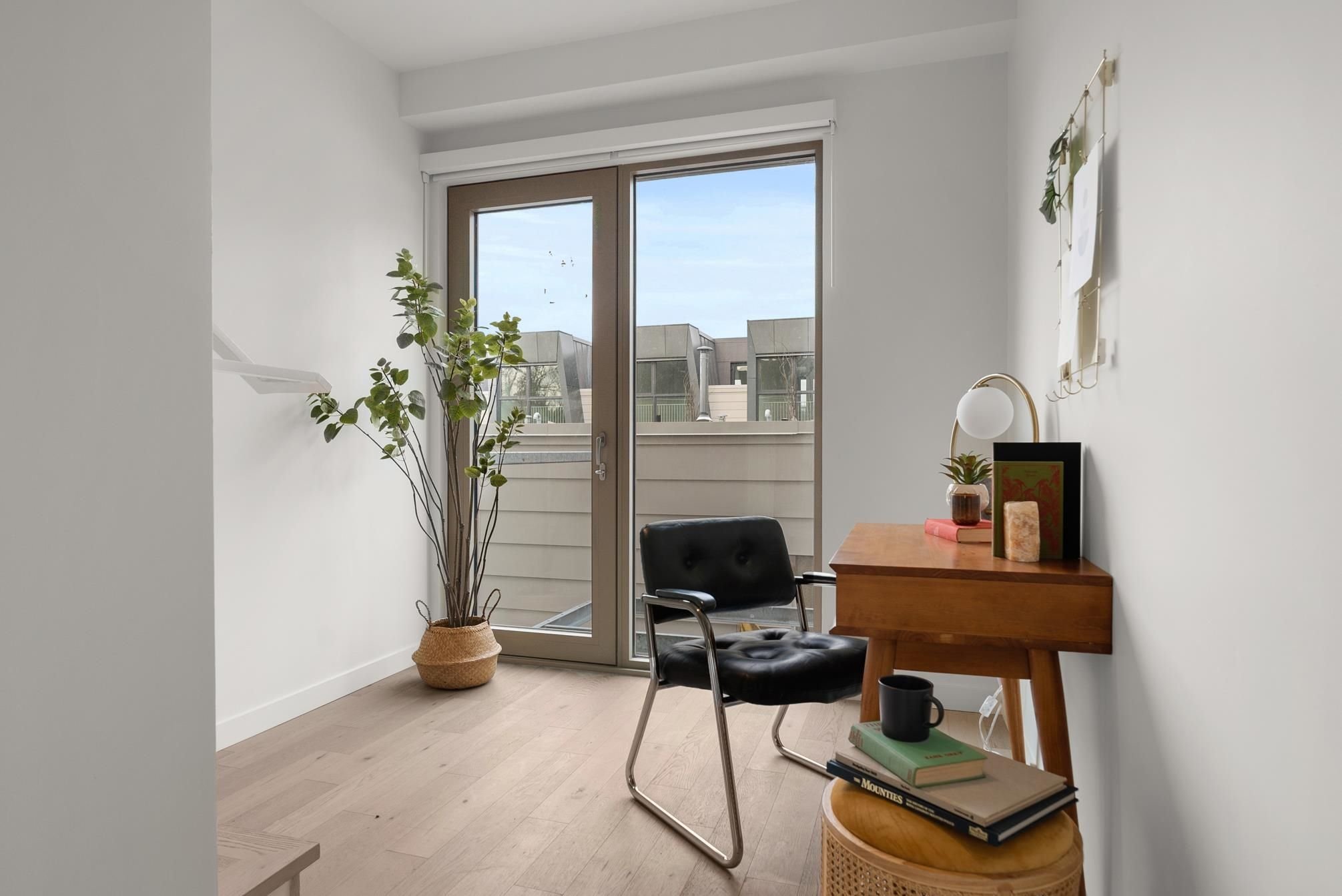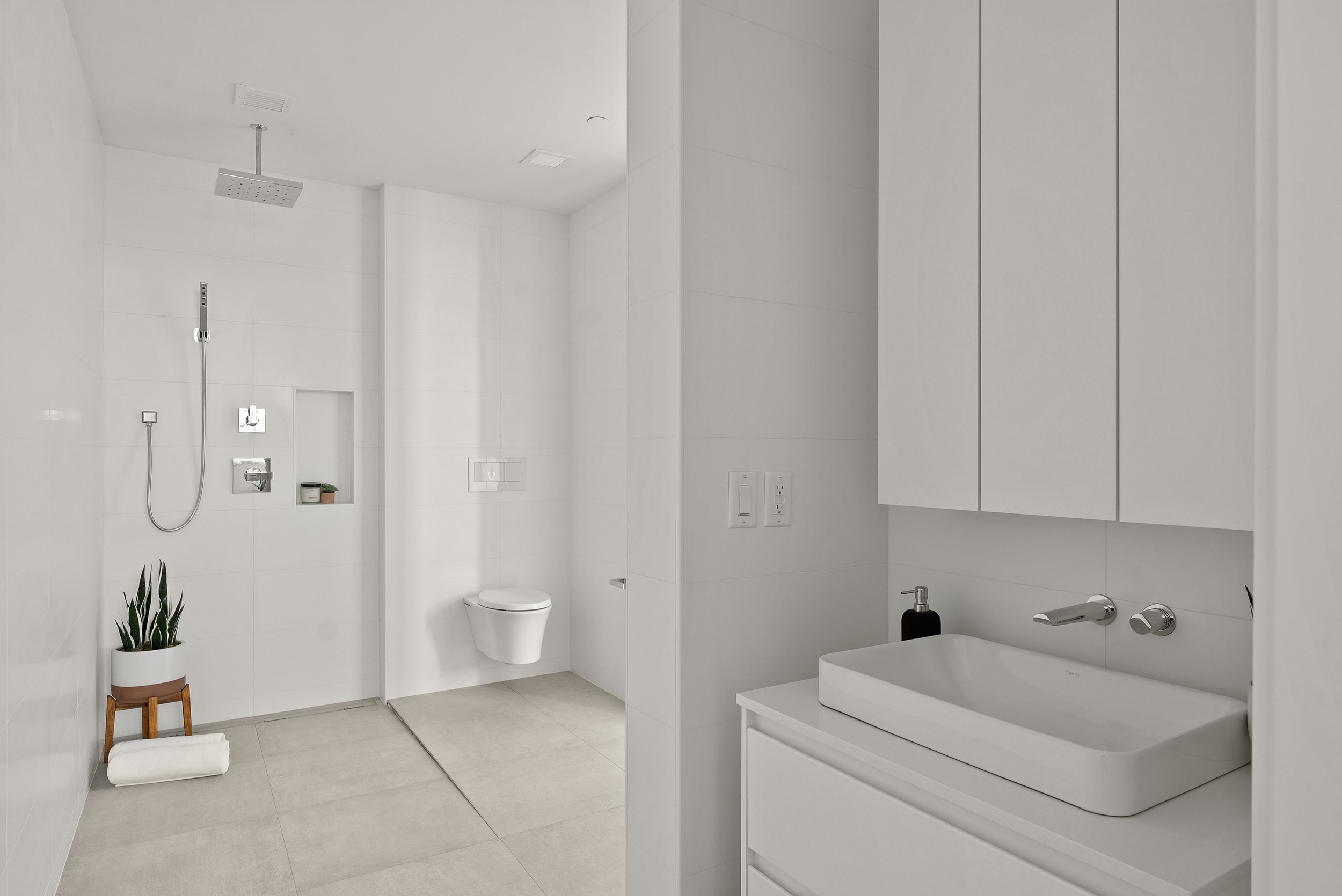Turner’s Dairy Homes
Three ground-oriented buildings
1-3 bedroom spacious urban dwellings
Turner’s Dairy pioneers a unique 13-homes-on-two-single-family-lots solution, while being a love letter to its historic form. Principles, practices and tools derived from heritage building regulations are what allows emerging middle housing models. The project brings forward a contemporary, diverse and resilient subcommunity in one of Vancouver’s single-family neighborhoods. Quality of everyday living is prioritized through vegetation and open shared spaces which bring about passive yet essential solutions to volatile climate changes, such as heatwaves.
passive cross-ventilation
ground floor plan
third floor plan & green roof plan
The Importance of Missing Middle Housing in Creating Resilient Communities
In today's ever-changing world, the concept of resilient communities has gained immense importance. Resilient communities are those that have the ability to adapt, withstand, and recover from unexpected shocks and stressors. One critical element of building resilient communities is the promotion and implementation of missing middle housing.
What is missing middle housing?
Missing middle housing refers to a range of housing types that fall between single-family homes and high-rise apartment buildings. These include duplexes, triplexes, townhouses, and smaller apartment buildings. Missing middle housing focuses on creating diverse and affordable housing options within established neighborhoods.
Promoting community resilience
Missing middle housing plays a crucial role in fostering community resilience for several reasons. First and foremost, it encourages social cohesion by fostering diverse and mixed-income neighborhoods. When people from different backgrounds live in close proximity, it increases social interaction, understanding, and empathy. This social fabric creates a strong sense of community, which becomes the foundation for resilience in times of crisis.
Furthermore, missing middle housing promotes economic resilience. By offering a variety of housing options, it allows for greater affordability and access to housing for a diverse range of income groups. This economic diversity in turn strengthens local economies, as people of all income levels have the opportunity to contribute to and benefit from neighborhood businesses and services.
In addition, missing middle housing enhances environmental resilience. By utilizing existing infrastructure and infill development, it reduces urban sprawl and the environmental footprint associated with suburban expansion. This denser and more compact housing model encourages walking, biking, and the use of public transportation, reducing reliance on cars and mitigating traffic congestion and pollution. Moreover, focusing development within established neighborhoods helps preserve green spaces and the natural environment.
Benefits beyond resilience
Missing middle housing not only contributes to creating resilient communities, but it also offers an array of additional benefits. It increases housing supply, helping to address the current housing shortage in many cities. This, in turn, helps stabilize home prices and rental costs, making housing more affordable and accessible for individuals and families.
Furthermore, missing middle housing supports intergenerational living and provides options for aging in place. It allows for multi-generational households, where grandparents, parents, and children can live together, fostering closer relationships and support networks. Additionally, smaller, walkable communities provided by missing middle housing are often more age-friendly, enabling older adults to remain in familiar surroundings as they age, reducing isolation and increasing general wellbeing.

